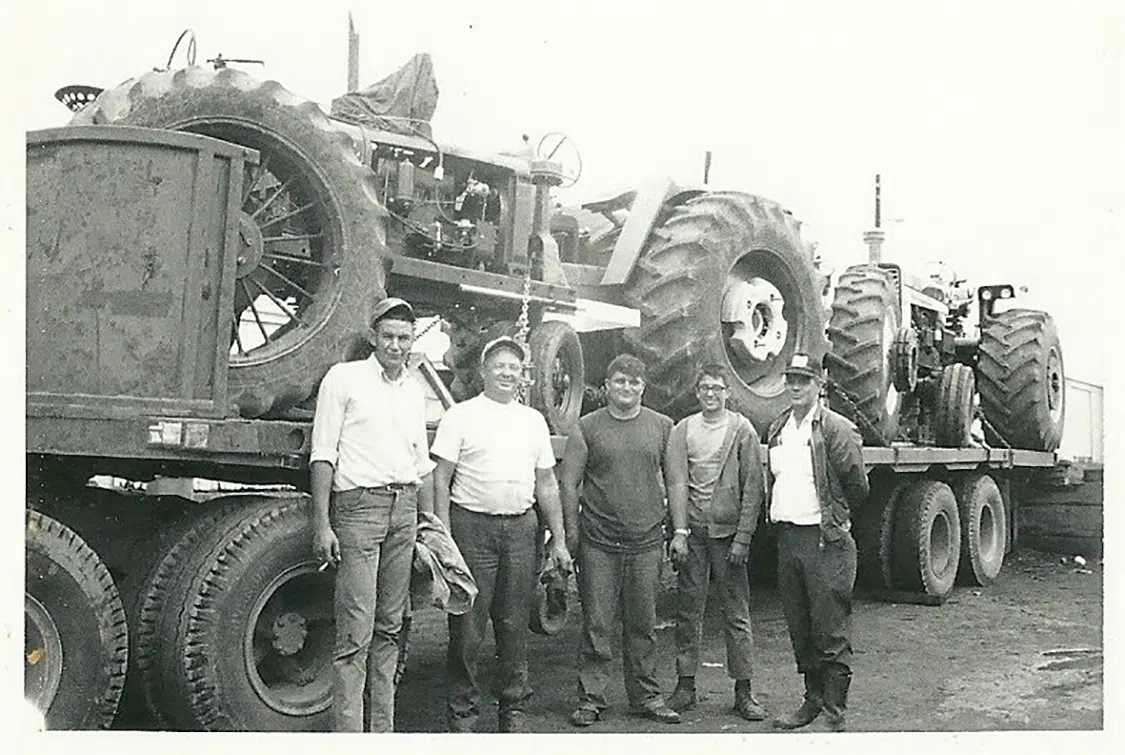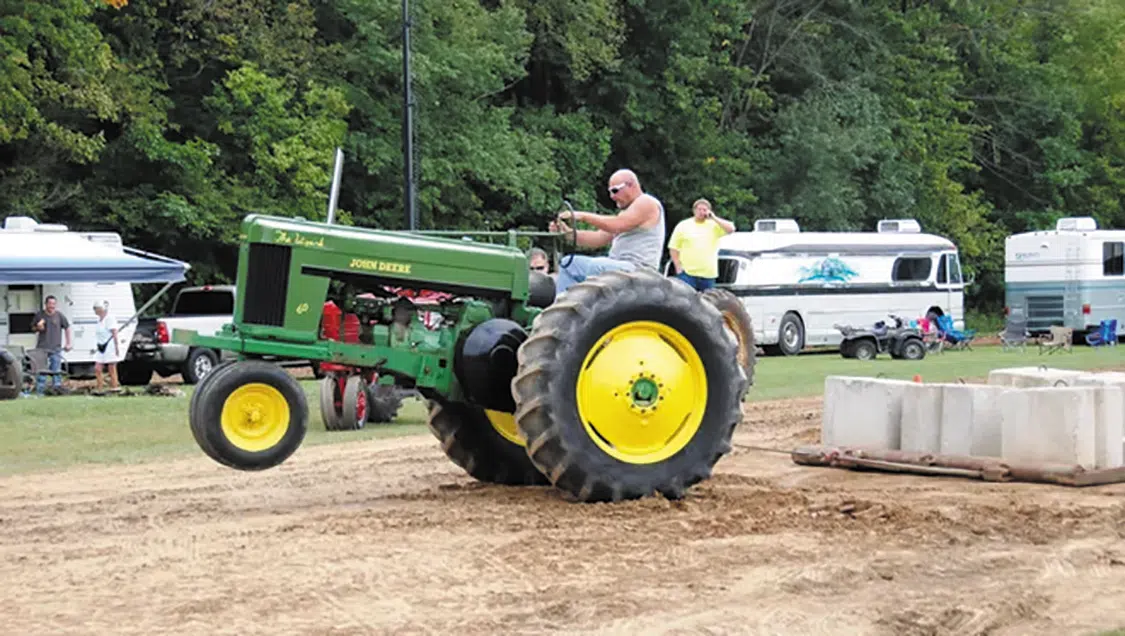 DUSTIN KORTH
.
July 25, 2024
.
Diesel World
DUSTIN KORTH
.
July 25, 2024
.
Diesel World

In the world of motorsports, speed and precision typically run the game. The fine balance between a driver’s ability to carefully pilot his machine through corners and turns, and a perfectly cresting apex is a beautiful balance of precision and skill. And while this may be the majority of motorsports, there is a subset of people who prefer strength over precision. A group of folks who thrive off of raw horsepower and unfiltered torque. Folks who understand that sometimes you just gotta roll up your sleeves and get a little dirty. This my friends, is the world of sled pulling.

Specifically, here we’re looking at tractor pulling, which has been around for a number of years now. Dating back to the early 20th century, sled pulling began about how you would’ve expected — as a friendly competition. Let’s face it, humans are naturally a competitive group of organisms. Something deeply coded in our DNA just makes us want to tell those around us just how powerful we are, and the same can be said about sled pulling. Back then, farmers and ranchers would use sled pulls to showcase their tractors against their neighbors at local fairs or community events. Over time, these informal events gained popularity, and spectators from the area showed up to see just who would take the bragging rights at the next event.


The first tractor pulling events can be traced back to the early 1920s where farmers would tune up their tractors, trying to carefully extract every bit of power they could from their machines. Of course, back then high horsepower machines were in the low double digits, a far cry from where we are just a short century later.
Besides adding power, sled pullers of the time learned very quickly that traction was equally, or possibly even more important, than horsepower. To combat wheel spin, they would begin adding weight to their machines and adjusting tire sizes to make sure they stayed planted to the track. Over time, technology would advance in agricultural equipment and thus, competitors would continue to innovate and push the boundaries of what their machines were capable of.


Throughout the mid-20th century, tractor pulling continued to gain momentum, spreading beyond rural communities and into mainstream culture. The introduction of weight classes in the 1950s allowed tractors of various sizes and power levels to compete on a level playing field, making the sport more inclusive and accessible to participants of all backgrounds.
It’s no surprise that even today, tractor pulling continues to be a thriving sport. Its showcase of raw power and performance is captivating for audiences of all ages. Be sure to tune in to the next issue as we cover the evolution of sled pulling, the organization of various sanctioning bodies, and what tractor pulling looks like today.


The M10’s setup was the twin engine design; if one engine was damaged, they could still operate the tank on the remaining engine, which made the difference between life or death quite often for American soldiers.
We found it pretty amazing that most of the monumental leaps in tech, reliability, and usage of the motors themselves occurred all within 10-15 years of each other, leading to the gigantic diesel world we have found ourselves in today.
Share Link